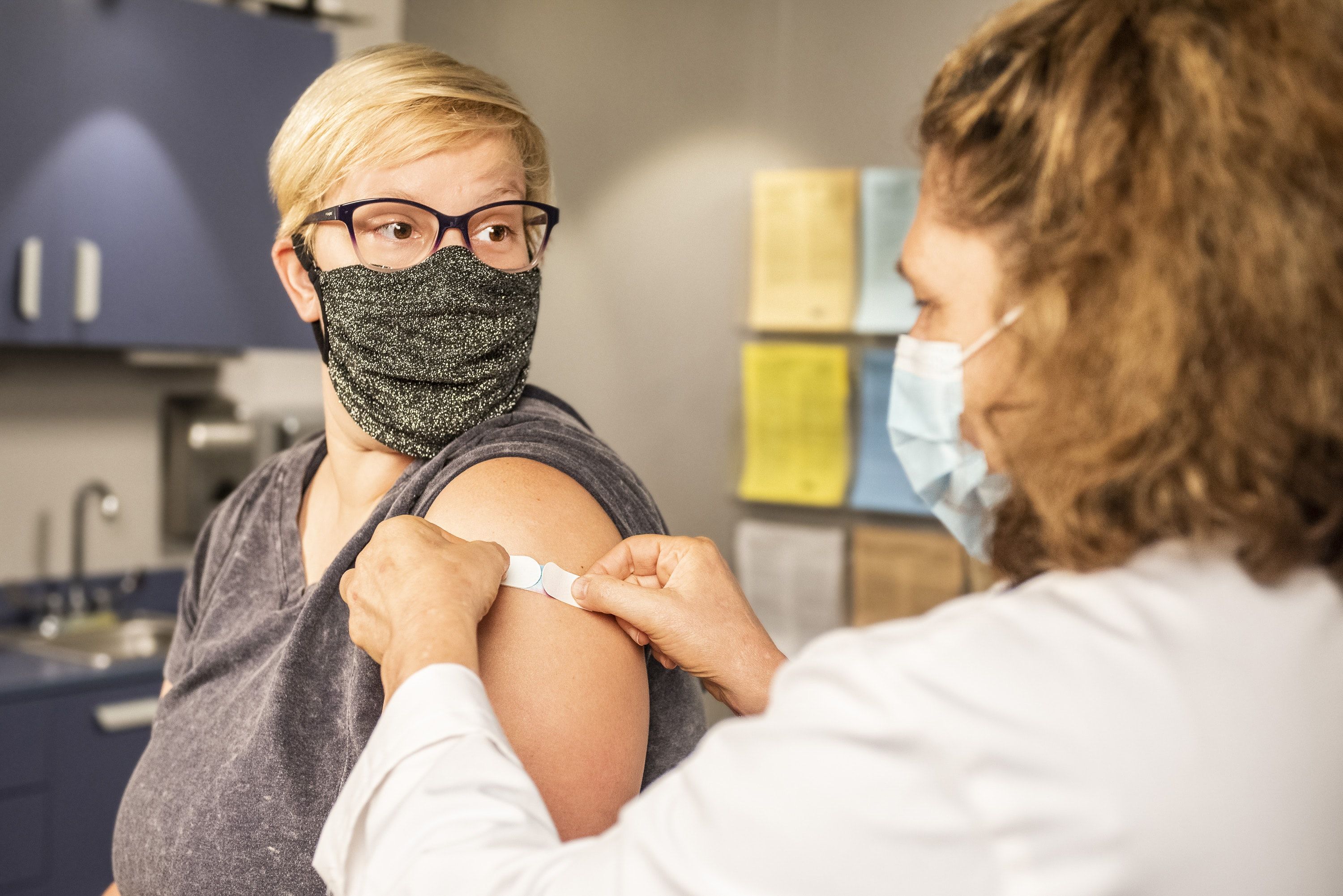Public Health Watch: Distributing COVID-19 Vaccine Based on Population Density May Speed Herd Immunity
Reproduction number should govern allocation of the shot, researchers say.

Even with close to 120 million doses of COVID-19 already distributed in the United States, experts believe the shots must make it into the “right” arms to bring the pandemic under control.
To date, of course, vaccine strategies nationally have focused on inoculating the elderly as well as healthcare workers, two groups considered at high-risk for severe disease following infection. In an analysis released as a preprint on March 17, researchers suggest that additionally targeting densely populated regions for vaccination first would allow the US to achieve herd immunity in about 3 months, or 50 days earlier than currently expected.
“Under the current distribution strategy, counties with highest [population] densities will be the last to reach herd immunity, and this has consequences for the current allocation strategy beyond the speed of reaching herd immunity,” co-author Claudio Bozzuto, a biologist and founder of Wildlife Analysis GmbH in Switzerland), a Zurich-based firm that specializes in wildlife management and conservation biology, told Contagion.
“From an epidemiological perspective, because differences in R0 values among counties are partly driven by their population density, counties with the highest risk of resurgent and severe outbreaks are last at reaching herd immunity,” he said. “This [is] pretty relevant in light of a third wave already hitting Europe and, hopefully not, reaching the US.”
Currently, according to Bozzuto and his coauthor Anthony R. Ives, PhD, Steenbock Professor of Biological Sciences at the University of Wisconsin-Madison, the US distributes vaccine doses to states roughly in proportion to the number of people living there. Although, at face value, this approach seems fair, it may serve to delay the achievement of herd immunity, “which will ultimately allow life to get back to normal,” according to the researchers, whose work was also covered by Contagion in February.
As we learned in the early stages of the pandemic, urban population centers (think: Wuhan, China and New York City) had the highest rates of SARS-CoV-2 spread, leading to high estimates for the basic reproduction number (R0) in counties with high population densities. Because regions with higher R0 values would require higher levels of vaccination to achieve herd immunity, Ives and Bozzuto argue that vaccines should be distributed to jurisdictions according to this important epidemiological measure. Based on their analysis, herd immunity throughout the US would be achieved “roughly at the same time in all counties, but also sooner than with the current allocation strategy,” with roughly 40% fewer vaccine doses, they said.
However, their model is based on several assumptions. First, they assume the vaccination rate (the first dose of the Pfizer-BioNTech and Moderna vaccines, or the single-shot Janssen (Johnson & Johnson) vaccine is 1.58 million doses/day, starting from March 15, and that the shots are 90% effective at preventing severe COVID-19. Crucially, it also assumes vaccinated individuals cannot spread the disease, which remains unknown. Nonetheless, the overall benefits of an R0–based allocation strategy are similarly high under other assumptions. For example, with more transmissible virus variants becoming widespread (think: B.1.1.7) the time saving would be 76 days and require 35% fewer vaccine doses, according to the researchers.
In addition, the researchers emphasize that they are not questioning the decision to prioritize the elderly and/or healthcare workers. Rather, they are suggesting that high-density population areas should also be given priority in any vaccine distribution strategy.
“Our statistical results on the spread rate of COVID-19 describe patterns at the level of populations within counties that are made up of individuals whose behaviors are all different,” Dr. Ives said. “Still, our main point is that transmission rates of COVID-19 vary greatly among and within populations, and that this epidemiological perspective should guide immunization strategies.”
